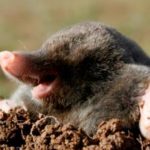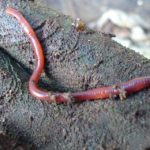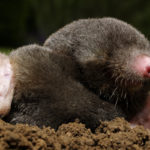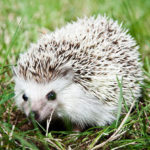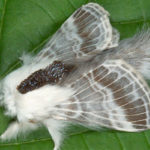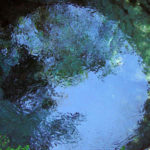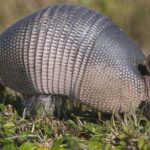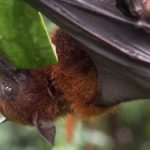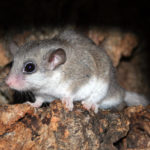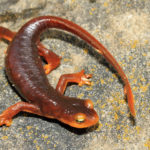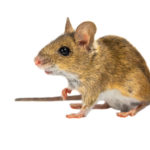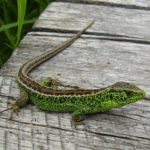Moles
 A mole is a representative of a detachment of insectivores, to which are also hedgehogs, shrews. The mole leads an underground way of life, seldom comes to the surface, and all its troublesome activities are inaccessible to direct observation. For a closer acquaintance with the life and habits of a mole, I had to put experiments and conduct careful observations. We now know that the mole lives in wetlands – in meadows, in river floodplains, along the edges of deciduous and mixed forests, in gardens and orchards – everywhere, except for swamps.
A mole is a representative of a detachment of insectivores, to which are also hedgehogs, shrews. The mole leads an underground way of life, seldom comes to the surface, and all its troublesome activities are inaccessible to direct observation. For a closer acquaintance with the life and habits of a mole, I had to put experiments and conduct careful observations. We now know that the mole lives in wetlands – in meadows, in river floodplains, along the edges of deciduous and mixed forests, in gardens and orchards – everywhere, except for swamps.
The mole is ideally adapted to life underground. Due to the dense, cylindrical form of the trunk, the conical head with a small strong proboscis, it quickly moves in underground passages. The front legs are a kind of digging device: the shoulder and forearm are shortened and hidden in the trunk, but the brushes are huge, shovel-shaped, with large sharp and straight claws on the fingers. All five fingers in the brush are well developed, and they added a special crescent-shaped bone like the sixth finger, thereby increasing the width of the digging shovel.
The brushes are not directed downward, like the other animals, but in the sides, palms out and back. Velvety short thick coat protects the skin from contact with the ground and allows it to move without difficulty forward and backward. There are no ear shells, the auditory holes are covered with a leathery fold, which protects them from clogging the ground. The eyes are small, hidden in wool and, most likely, useless: the soil is dark. But the hearing is well developed, the fine sense of smell and touch help the mole in finding food.
The teeth of a mole are sharp-shaped in shape and similar in appearance to those of a crocodile.
The main food of the mole in nature are earthworms, larvae and pupae of insects, adult insects living in the ground. If there is a mouse, shrew or frog in the hole, he will not miss them either. The mole does not touch the plant food, and it is vainly accused of corroding root crops and potatoes. This is done by mouse-like rodents.
For underground work, the mole spends a huge amount of energy, which must be constantly replenished. Therefore, the mole is unusually voracious and eats about a day about food as much as it weighs itself. Without food the mole can live no more than 12 -15 hours. Hunting is conducted day and night. If there is not enough booty, the mole digs and digs new ways. The network of moves is constantly expanding and updating.
There are forage and constant moves. Feeding courses are usually superficial, located at a depth of 3-5 cm, the mole constantly bypasses and collects earthworms and insects in them. Constant courses are located at a depth of 10-20 cm and deeper. The mole can not lift a layer of such power, therefore the excess of the earth pushes out its head through temporary vertical roots. To perform this hard work allow the mole to have a wide forehead and a muscular short neck.
